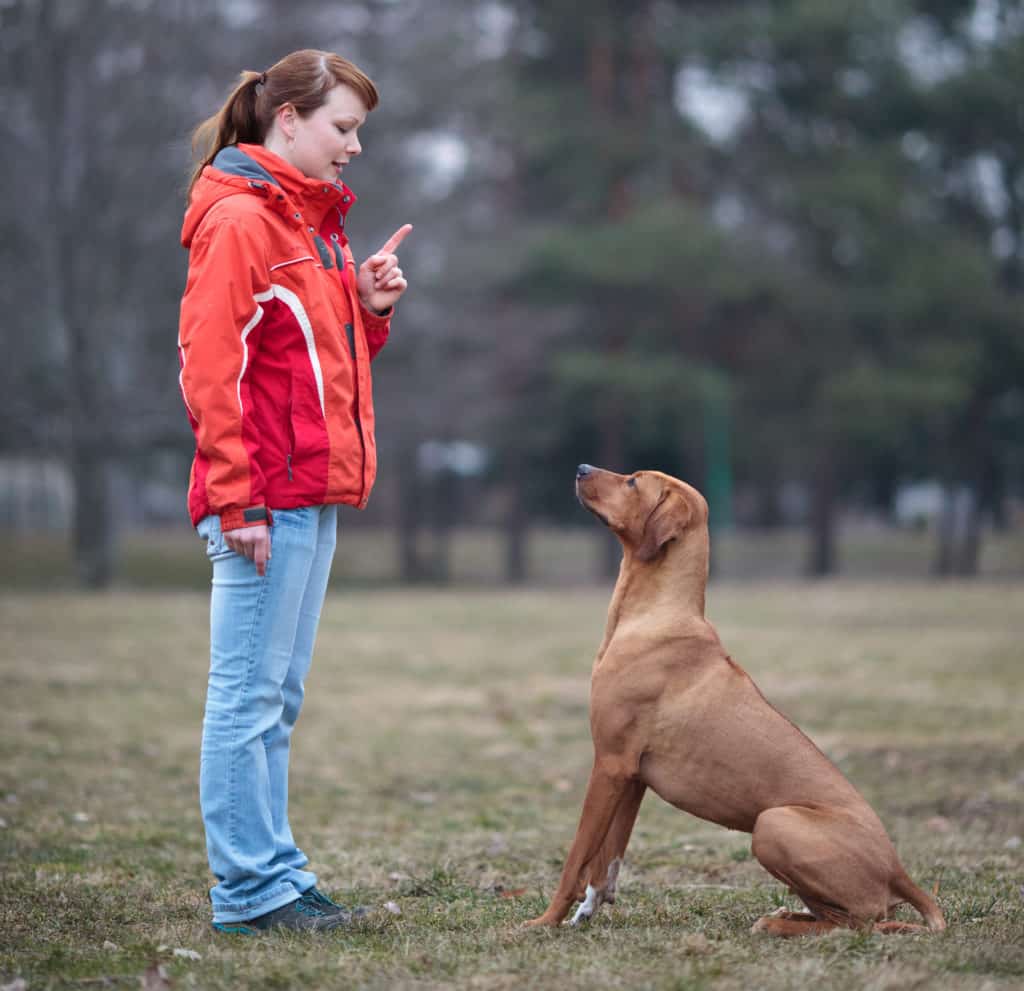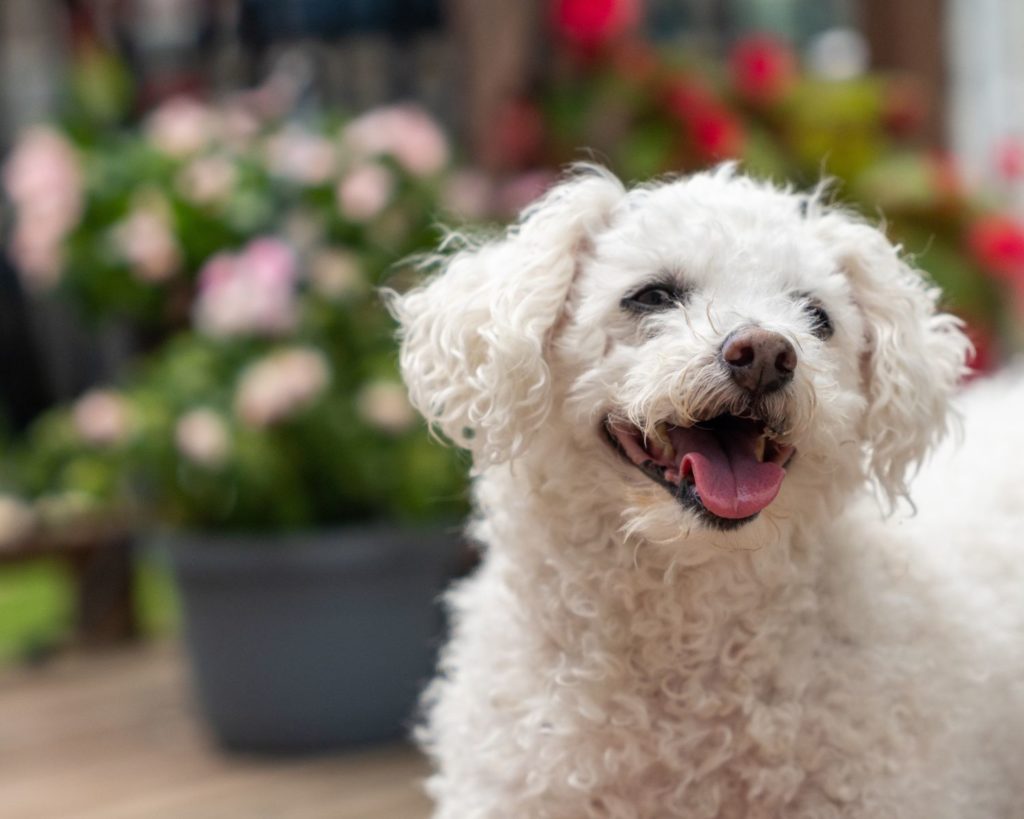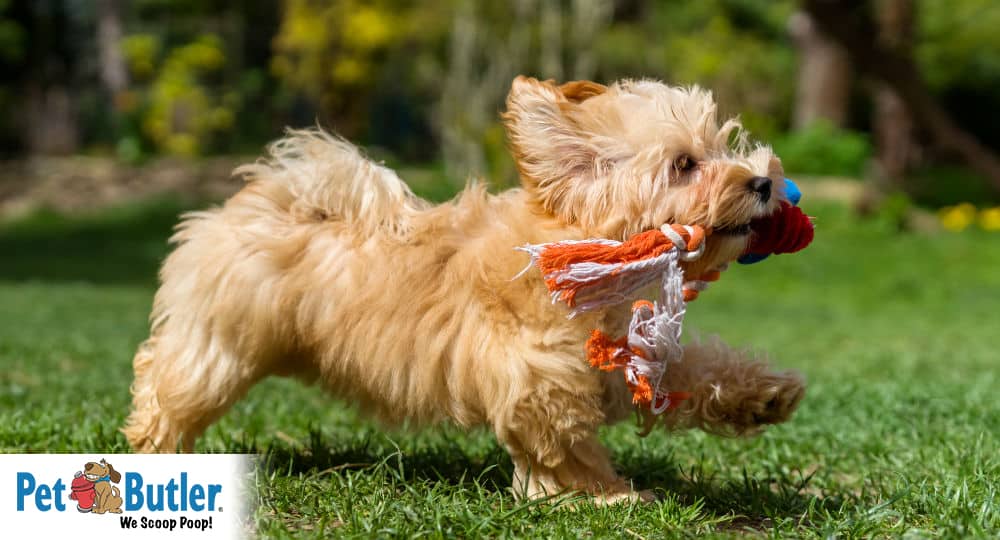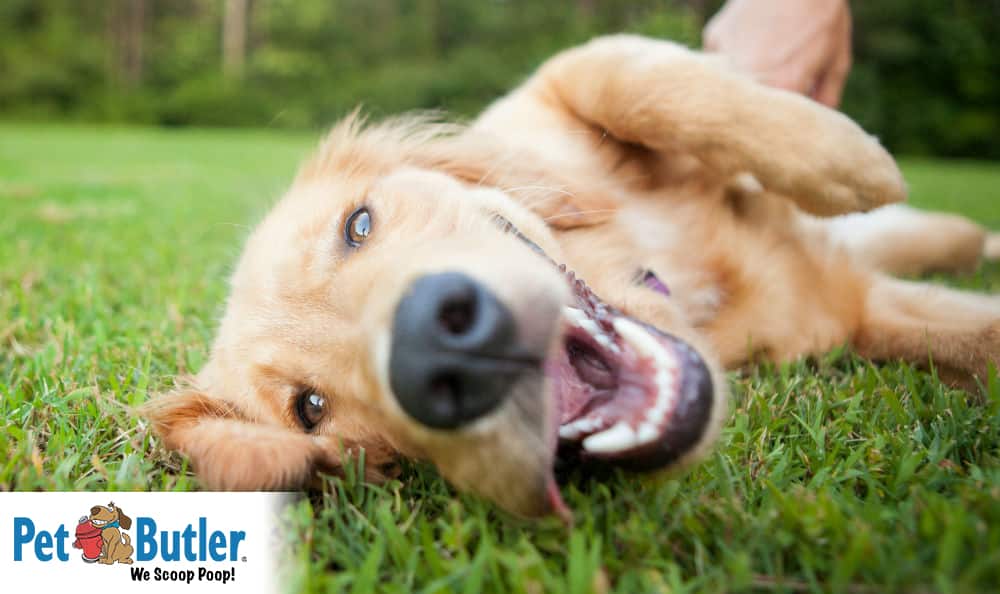As a “pet parent”, it can be easy to overlook some behaviors that others find undesirable and that may cause you occasional grief. To be a good citizen of the world, safeguard your pet around other dogs and humans, give them a “job” and mental stimulation, and receive the maximum enjoyment pet ownership can provide, it is vital to train your dog with skills needed to operate in a domesticated setting.
While it is easier to teach a puppy new tricks, dog training is necessary and ongoing at every age. Whether you participate in dog training classes, seek out a professional dog trainer, or watch training videos, here are skills every dog owner should teach their dog.
Important Skills to Train Your Dog
Socializing Your Dog
One of the most important skills to teach your puppy is how to be social. While it may seem that dogs, as pack animals, would inherently seek and enjoy the company of others, this is not always the case. A critical developmental window exists from 4 to 14 weeks and puppies who are not exposed to other dogs, little humans, loud humans, and hat-wearing humans during this period may become unaccustomed and fearful of interactions later in life.
Most training techniques, especially at this age, include positive reinforcement. Whether your puppy is motivated by food or affection or a special toy, it’s best to reward them with their favorite thing while in the presence of other dogs and people of all shapes, sizes, and volumes.
House Training
House training, when done correctly, is simple as it speaks to the dog’s instinctual need to keep their den clean. For puppies and adult dogs, the best training tool for housebreaking will be a sturdy wire crate that is just large enough for the pup to stand up and turn around. Crates can be soft sided or plastic and hard sided if you and your dog prefer, but I like the collapsible metal crates with a removable pan that I can move around the house, easily clean, and modify in size as the dog grows.
Dogs can be fed in their cozy kennel or presented with a delicious treat every time they enter their crate. As soon as you open the crate door, expect to take your pup to eliminate in a consistent spot outside and use a command such as “potty”. When immediately rewarded for urinating or defecating outside, and by catching them immediately inside and correcting the mistake, house training can take just a few weeks.
Basic Commands: Sit, Stay, Come, & Leave it
Sit, stay, and come are the three most common commands taught in beginner classes and are the foundation for further skills training and behavior modification programs. By teaching your dog to sit and stay, their minds become engaged and they learn deference to the human at the end of the leash. When a dog’s role is clearly defined in the “pack” and social order is established, it’s reassuring and permits them to relax, gain confidence, and focus.
From a safety perspective, sit, stay, and come are often used when guests are welcomed into the home, or during an emergency such as car or aggressive animal heading toward a loose pet. If a dog can consistently be recalled on or off leash, it can be the difference between life and death.
Leave-it is an oft used command in our house and in the animal assisted therapy work I do at the local hospital. When an object is dropped on the ground (think grapes or a chicken bone) or you come across something you want your dog to ignore and not ingest or approach (bandage material or a skunk), leave-it gives your dog the message to back away for their own good!
Training your dog to go to its place, bed or kennel is done by having your pet in a sit and stay in a specific location while giving the command and a food reward. This command will help you to position your dog for sleep, when the doorbell rings, it’s dinnertime and you don’t want distraction, or to keep your pet away from open doors or guests who may not want slobbery kisses.

Breaking Barking Habits
Barking can be the bane of anyone’s existence, especially if you have just gotten a cranky baby to sleep! Personally, I like it when my dogs alert me to a stranger at the door. But I don’t need to know every time a squirrel climbs the fence. Consistency is imperative when teaching any skill including “quiet” so make sure everyone in the house is reinforcing the same behavior.
Yelling at the dog can be perceived as “barking” by your canine and the negative attention can be surprisingly pleasing to a dog. Rewarding a quiet pup or teaching an incompatible behavior like going to their bed is best!
Remove the stimulus for barking by closing the drapes or limiting access to the front door if the doorbell is a trigger. Don’t set your dog up to fail as the longer an undesirable behavior has been performed, the longer it can take to un-train. What are the most important skills you’ve taught your dog?




